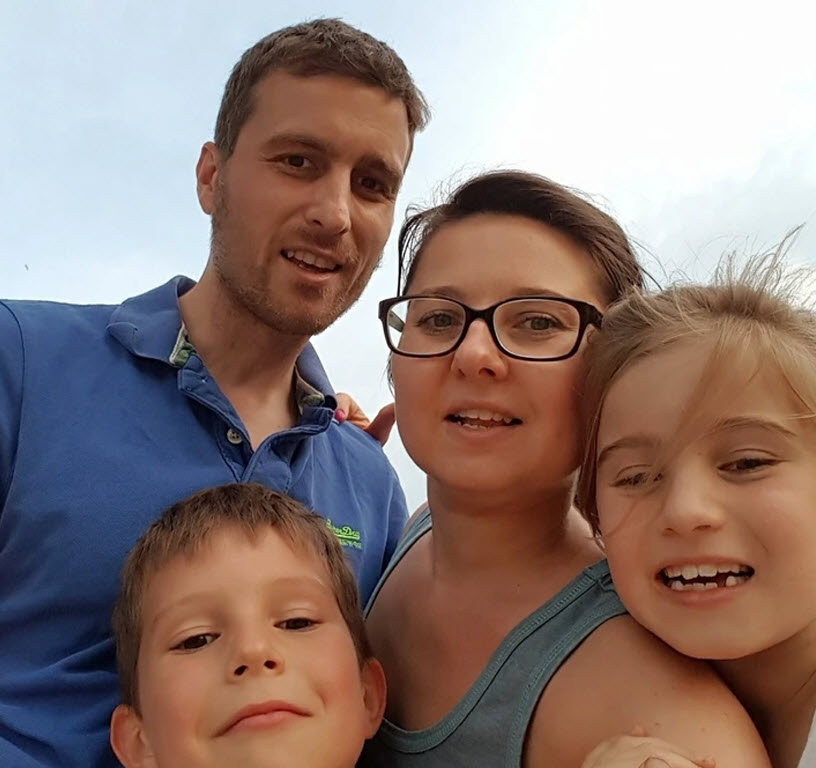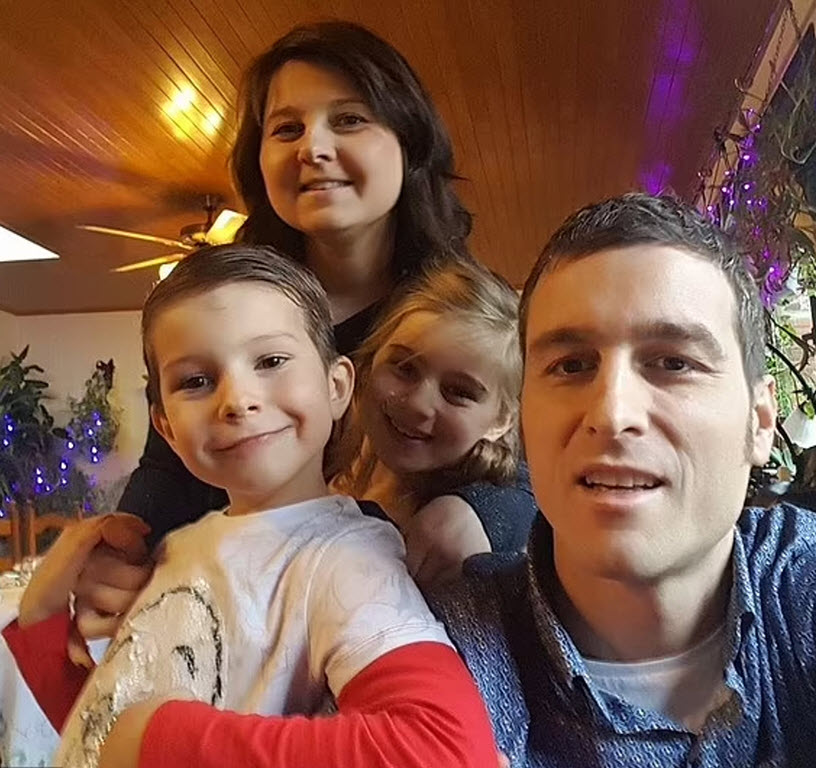Cancer is a disease that has perhaps affected all of us in some way or another. For some, it has affected us directly and for others, it is through a loved one who was affected by the disease.
Some types of cancer are less insidious than others, but one particular type of brain cancer is very deadly. Many people thought that it could never be cured, but a 13-year-old boy in Belgium has become the first in the world to be cured of the disease.

Lucas Jemeljanova was diagnosed with a very rare and aggressive form of brain cancer when he was only six years old. It is diffuse intrinsic pontine glioma (DIPG), and the brain tumor is very deadly.
A diagnosis of DIPG is given to approximately 300 children every year. Typically, it occurs when they are between the ages of five and nine. 98% of those diagnosed die within five years but the average survival is nine months.
When Lucas was diagnosed with DIPG, his parents took him to France. They wanted him to be enrolled in a clinical trial test for a potential new drug that could cure the disease. A chemotherapy drug named everolimus was given to Lucas. Typically, it is used to treat cancer affecting the kidneys, pancreas, breast, and brain.
After being given the chemotherapy, Lucas responded well to the treatment and his tumor disappeared. Seven years later, the teenager now has no trace of cancer and has been five years in remission.
According to the head of the brain tumor program at the Gustave Roussy cancer center in Paris, Doctor Jacques Grill, Lucas beat all odds and his recovery offers role hope to others with the brain tumor.

They continue to give the treatment because they were concerned that the cancer would return. When they decided that he could stop the treatment a year and a half ago, he had already stopped the drugs.
The doctor said: “I didn’t know when to stop, or how, because there was no reference in the world.
“Over a series of MRI scans, I watched as the tumor completely disappeared.”
They are not sure why Lucas did so well with this treatment, and he was the only trial participant to see the tumor disappear completely. Dr. Brill suggests that it may have been biological peculiarities in the tumor that allowed it to work so well.
They’re looking further into why it worked to see how they can help others.





